At this moment, Gu is sitting in the China Eastern Lounge at Pudong International Airport, waiting for flight MU219 from Pudong to Frankfurt, Germany, which departs at 1 a.m. Outside the window, the roars of airplanes taking off and landing keep coming and going.
On January 24, the day before yesterday, Xi'an witnessed a snowfall that was forecast to be a blizzard but actually wasn't that heavy. Basically, there was no snow accumulation on the ground in the urban area. In the suburbs near the mountains, there was some snow on the lawns beside the roads, but there was hardly any snow on the roads. It turned into rain and water upon landing, and the roads were basically dry yesterday.
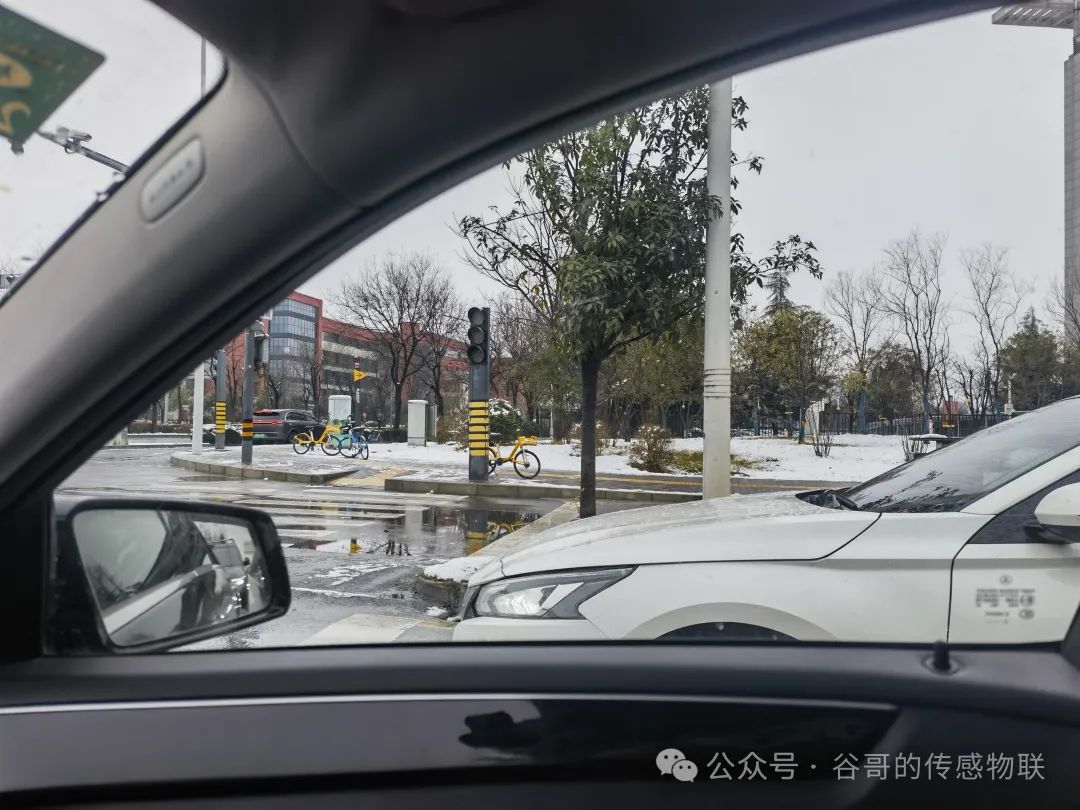
Some people say that this is the first snow in Xi'an in 2025, and a timely snow promises a good harvest. Others say that this is the last snow in Xi'an in 2024, and a good year will follow the snow. Both statements are correct.
Why are there such different views and statements about the same snowfall? It is estimated that most Chinese people can understand, but most foreigners will find it difficult to understand. This is the distinct difference in perception between Chinese and foreign people due to their ignorance of Chinese culture and history. Just as we Chinese people also can't understand many foreign events, because we don't have their background knowledge and cultural traditions.
During the Chinese Spring Festival in 2025, it is said that there will be 9 billion person - times of mobility during the 40-day Spring Festival travel rush. I think for most foreigners, even if they count on their fingers and toes, they can't figure out how there can be such a large number.
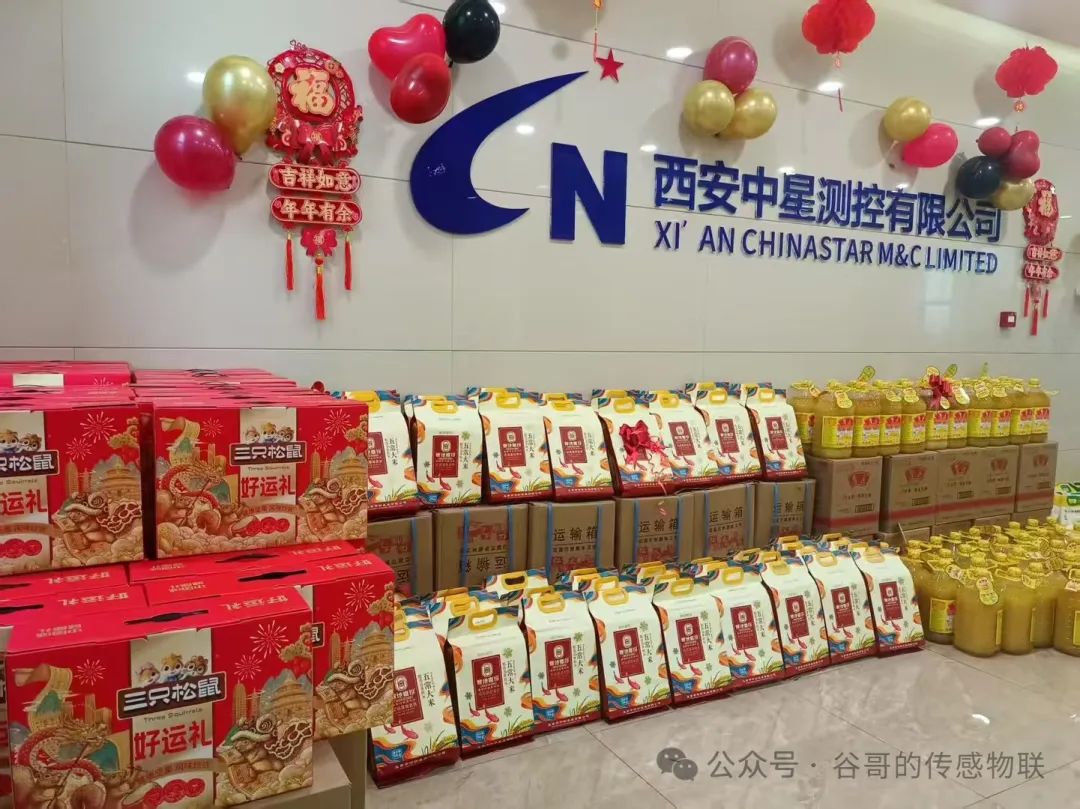
The company is on holiday, and Gu is taking advantage of this rare long holiday to visit his daughter's family in Germany. He has voluntarily joined the Spring Festival travel rush and become one of the 9 billion people in the Chinese Spring Festival travel rush.
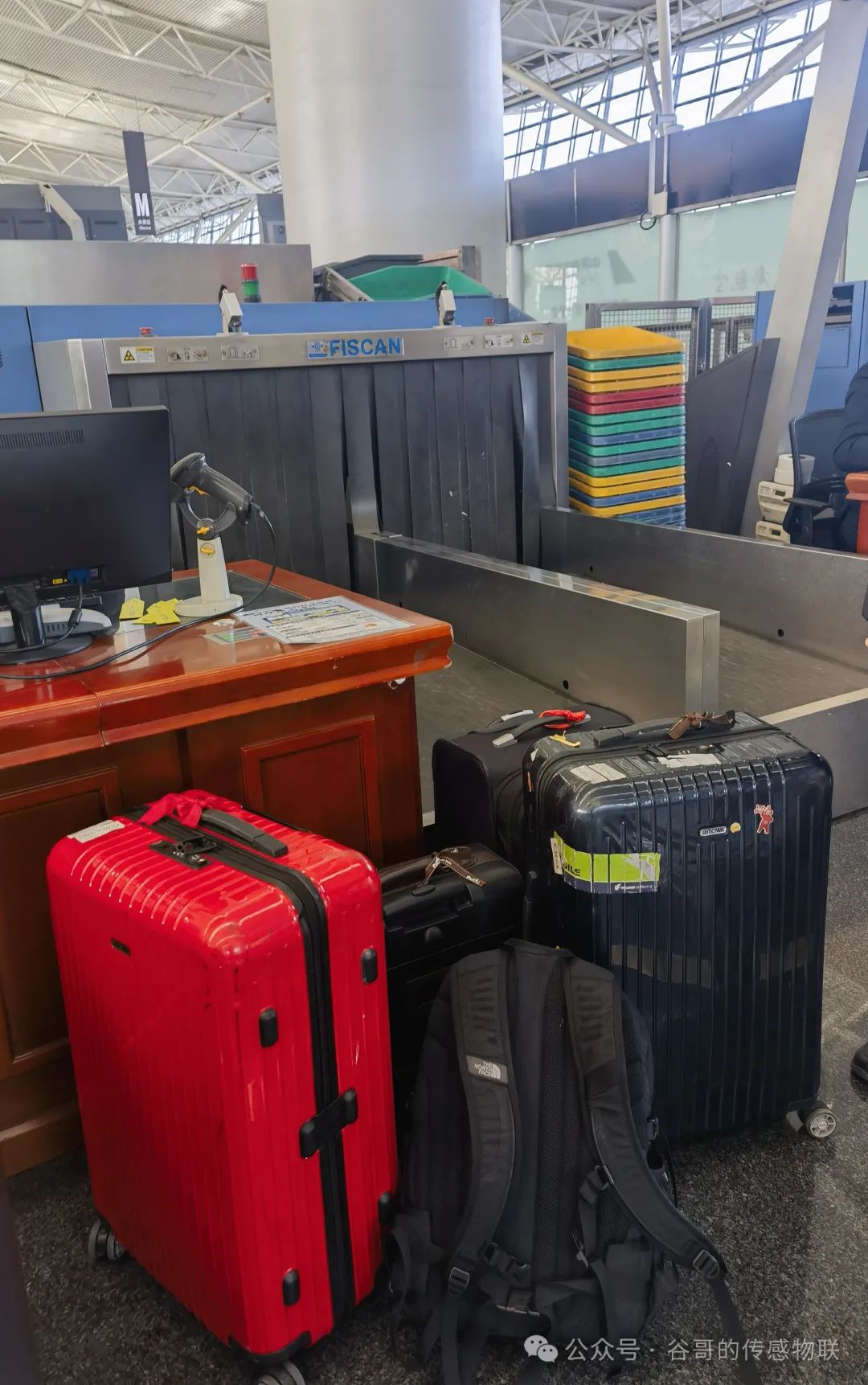
Looking at the large and small bags of luggage, which are quite a lot, traveling from Xi'an to Frankfurt via Shanghai, covering a distance of nearly ten thousand li, he doesn't think it's too much or too heavy. Instead, he only feels that the luggage bags are too small.
Whenever there is a holiday approaching, there are always endless things to do in the company, and it seems that everything is urgent. Before the holiday, a customer inquired about infrared sensors. We have been looking for cooperation developers or recruiting technical experts with experience in external sensors. I wonder if any of you can cooperate with us or recommend someone with such experience to develop together. The following figure shows some basic technical requirements. Those who are capable can contact Gu himself after the Spring Festival.
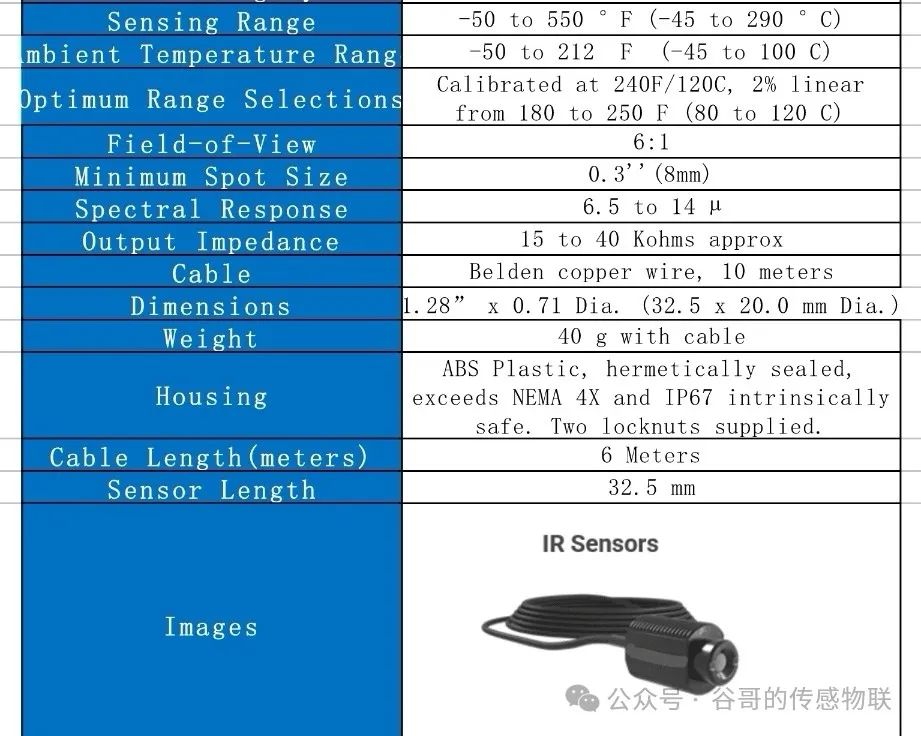
The development of artificial intelligence is getting hotter year by year. President Trump has invited companies from the United States and Japan to invest 500 billion US dollars in developing artificial intelligence (AI) in the United States. Many people believe that the development of artificial intelligence in China is two to three years behind that of the United States, and some say it's five years behind.
Yesterday, a newly established Chinese artificial intelligence company, DeepSeek, made a splash and stunned Silicon Valley in the United States. It seems that the gap between China and the United States in the AI field has narrowed a lot, especially in terms of open - source and closed - source, as well as low cost and high cost. Even American AI experts seem to be amazed.
Today, Gu spent over an hour reading an interview with Liang Wenfeng, the CEO of DeepSeek. I really appreciate and am impressed by his thoughts on originality and imitation.
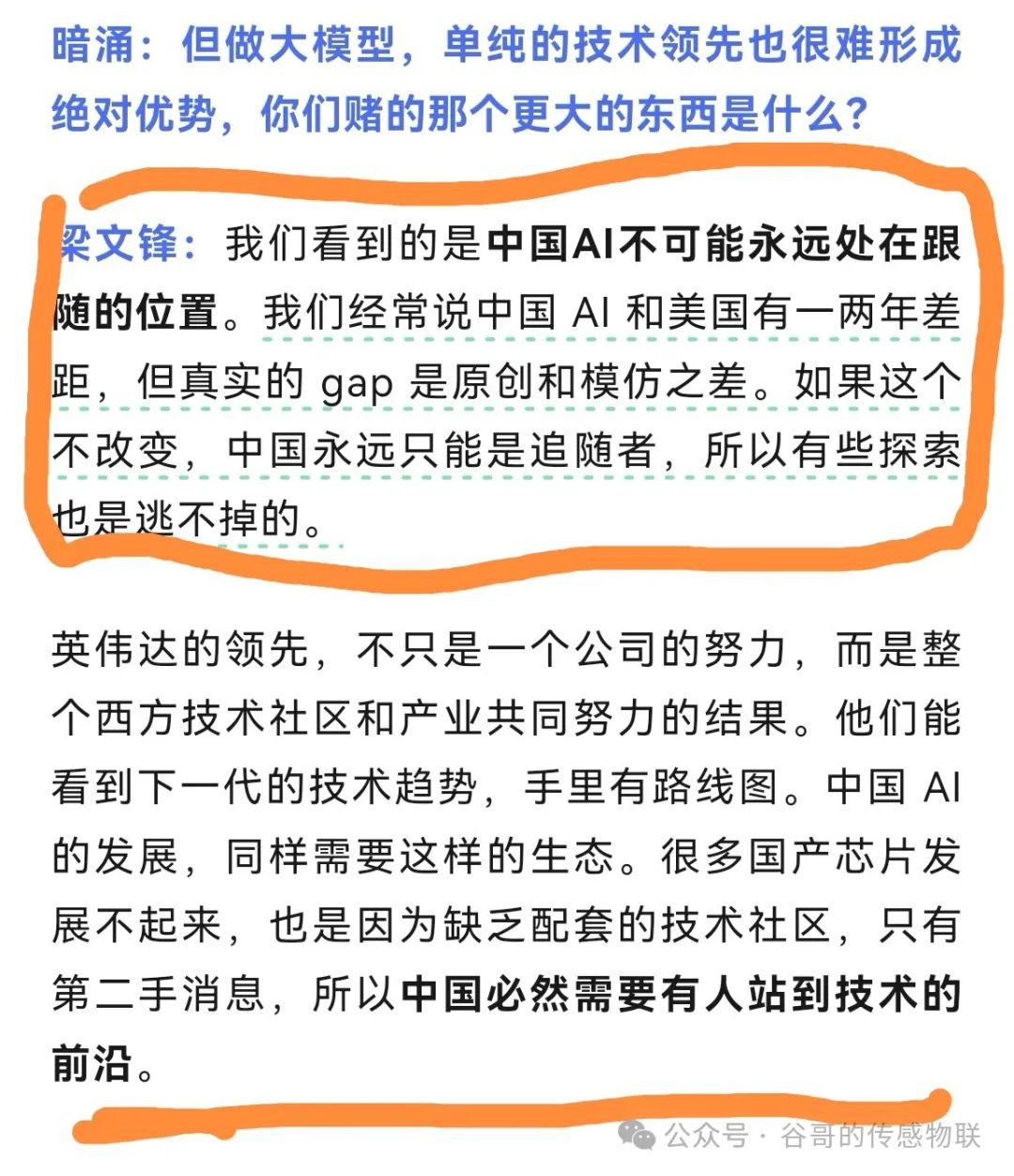
This reminds me that our Chinastar M&C spent ten years developing the MCS pressure sensor. This is a pressure sensor technology that was developed from a concept and is truly a Chinese original, and it's also original globally. It is a sharp tool to narrow the gap between China's high - end pressure sensors and those from abroad. No matter how well we make MEMS pressure sensors, they are still imitations of foreign ones. No matter how good our sputtered thin - film pressure sensors are, they are still following foreign technologies. No matter how cheap our ceramic piezoresistors and ceramic capacitors are, they are still reducing costs based on foreign technologies. To surpass others, we must have our own original technologies.
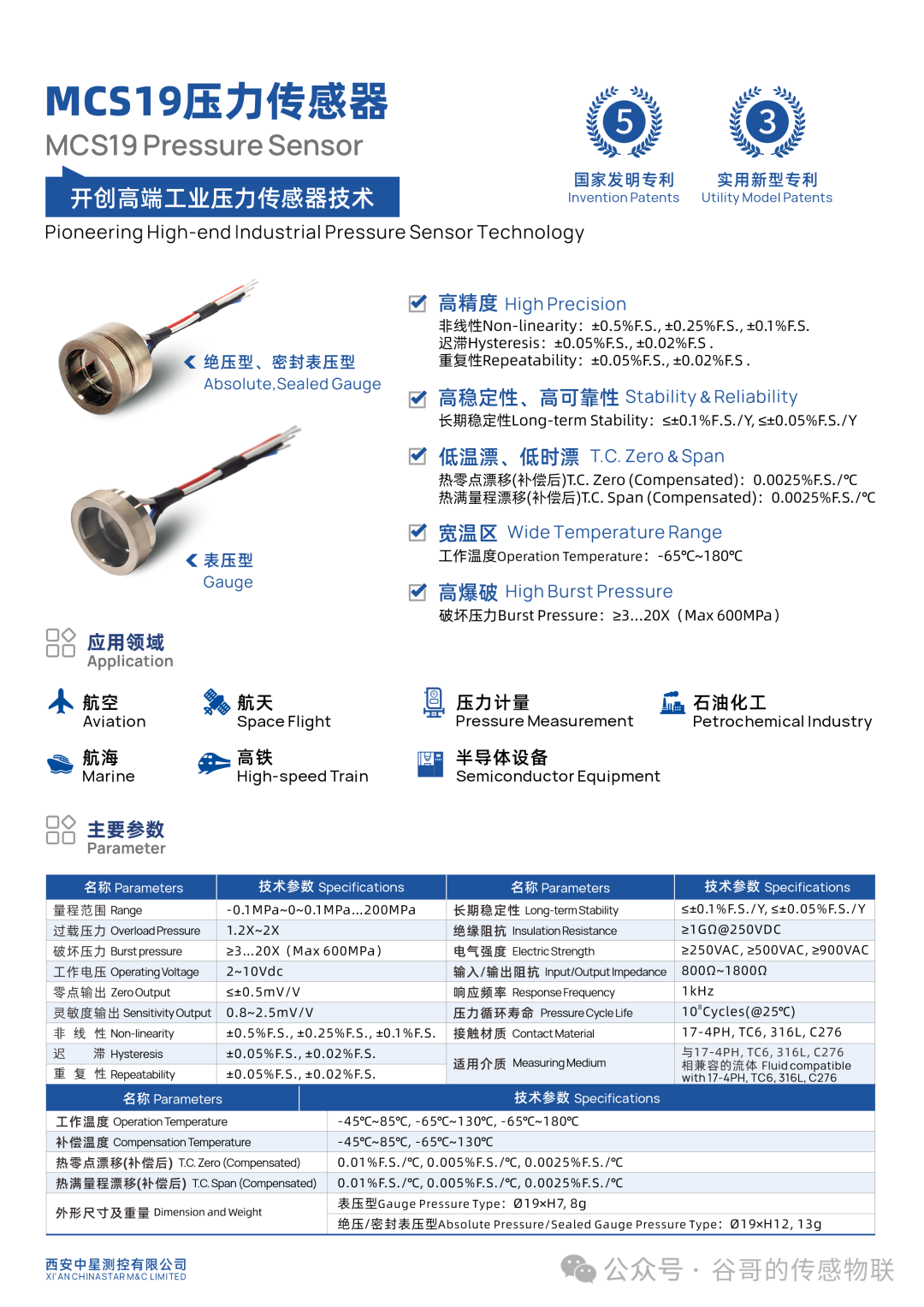
Everyone is talking about artificial intelligence (AI) and its vertical applications. I feel that we are still outsiders. Lying on the sofa at home last night, I tried to use the Chinese AI tool "Doubao". What do you all think?
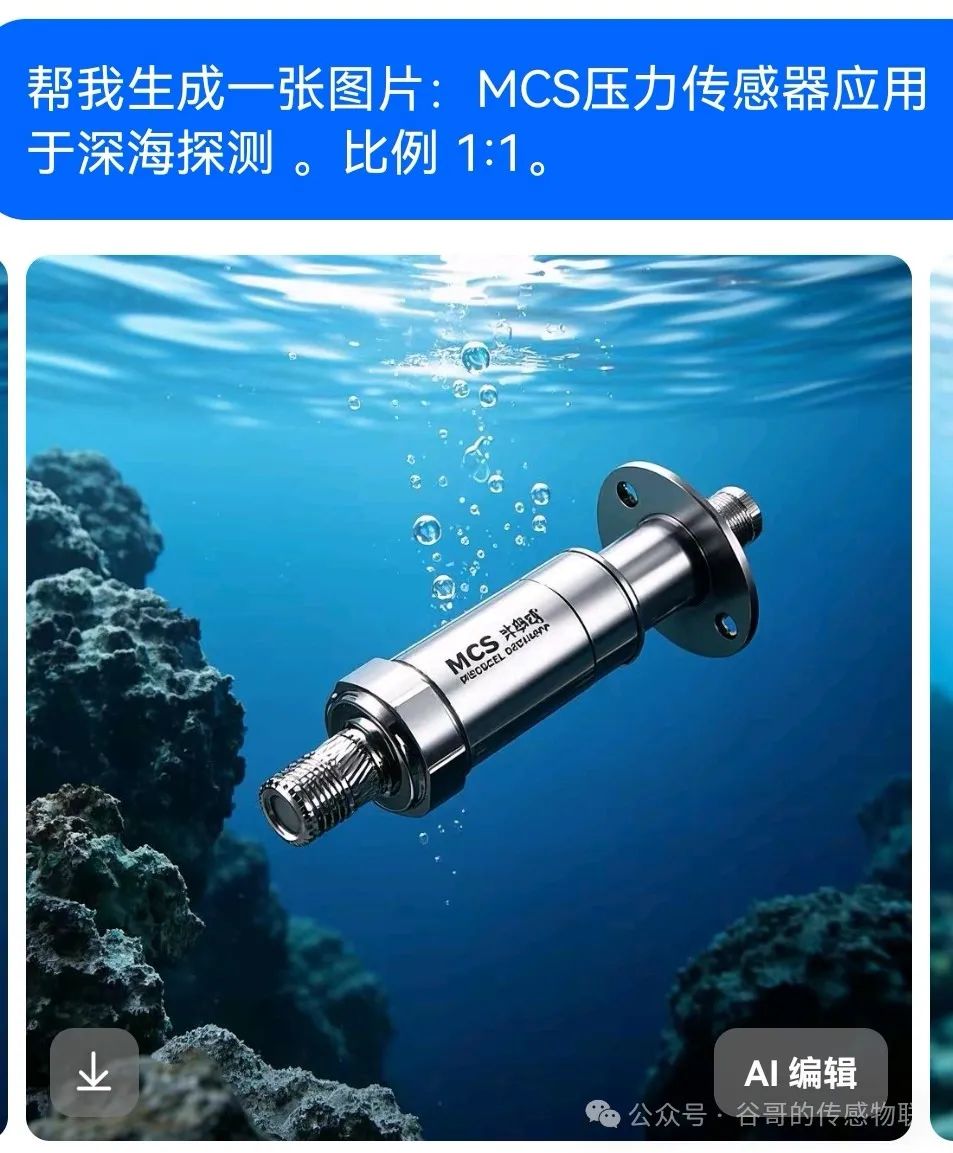
First of all, it seems that in Doubao's data, the external view drawing of our MCS has not been included.
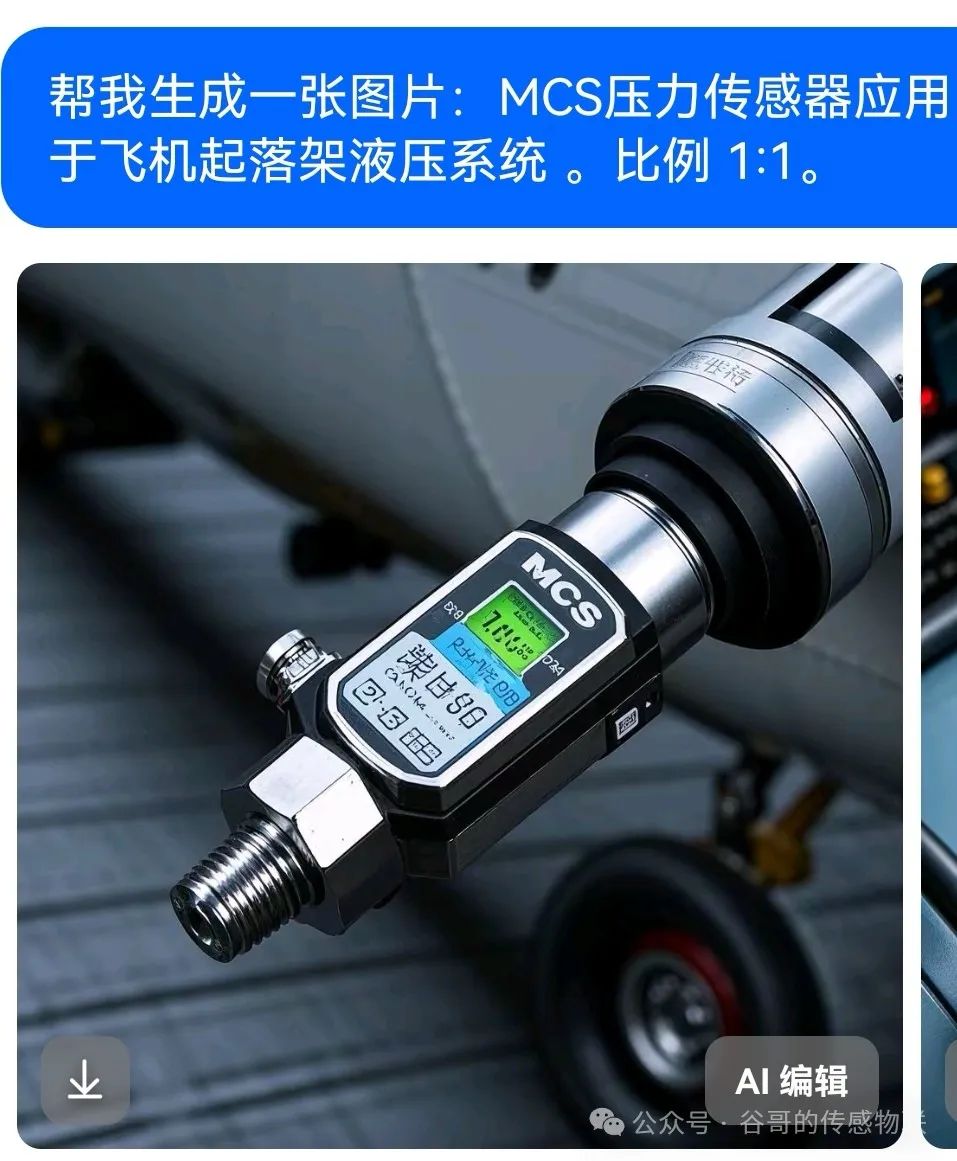
Doubao doesn't understand aircraft landing gear or hydraulic systems.
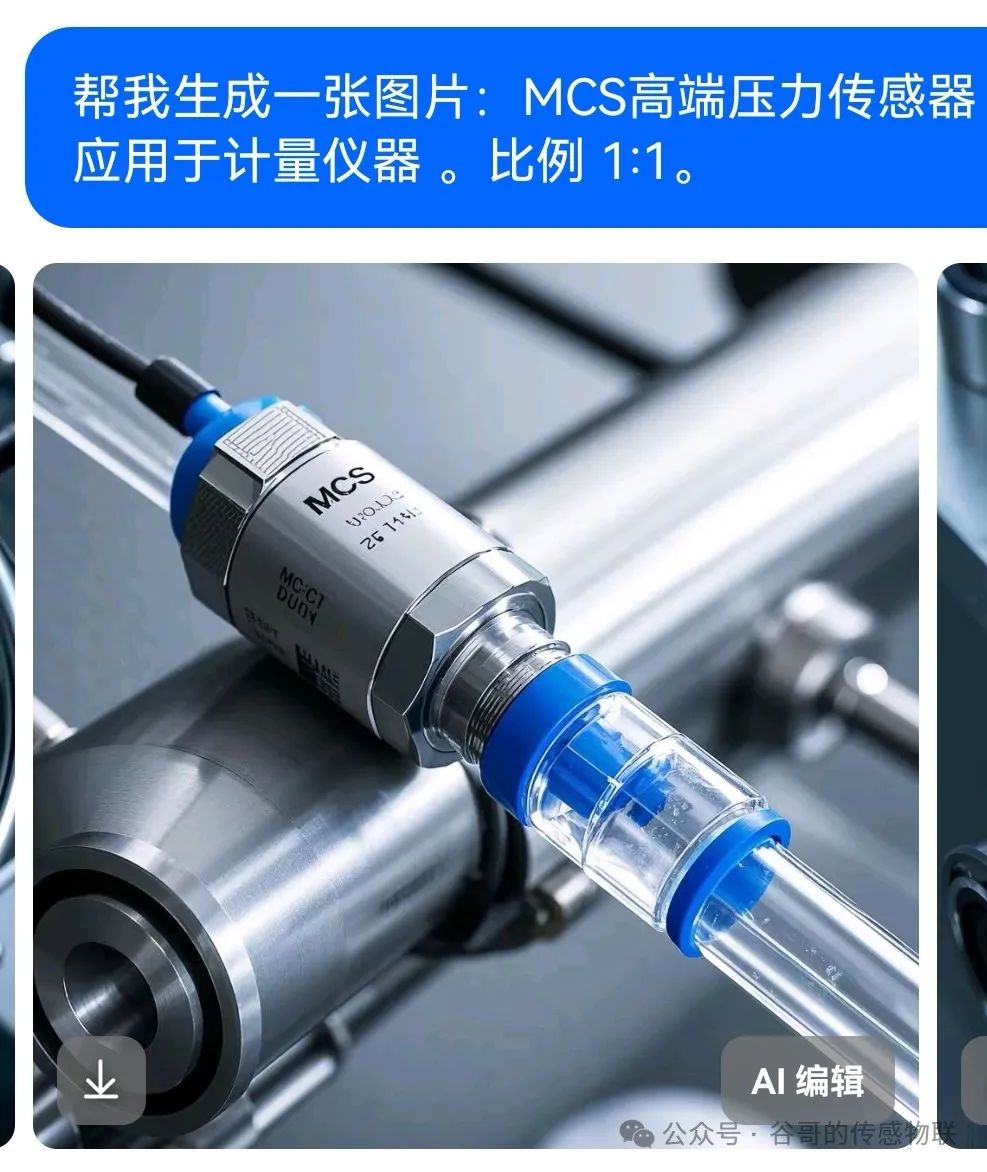
Doubao has not included a large number of pictures of precision instruments or high-end measurement equipment.
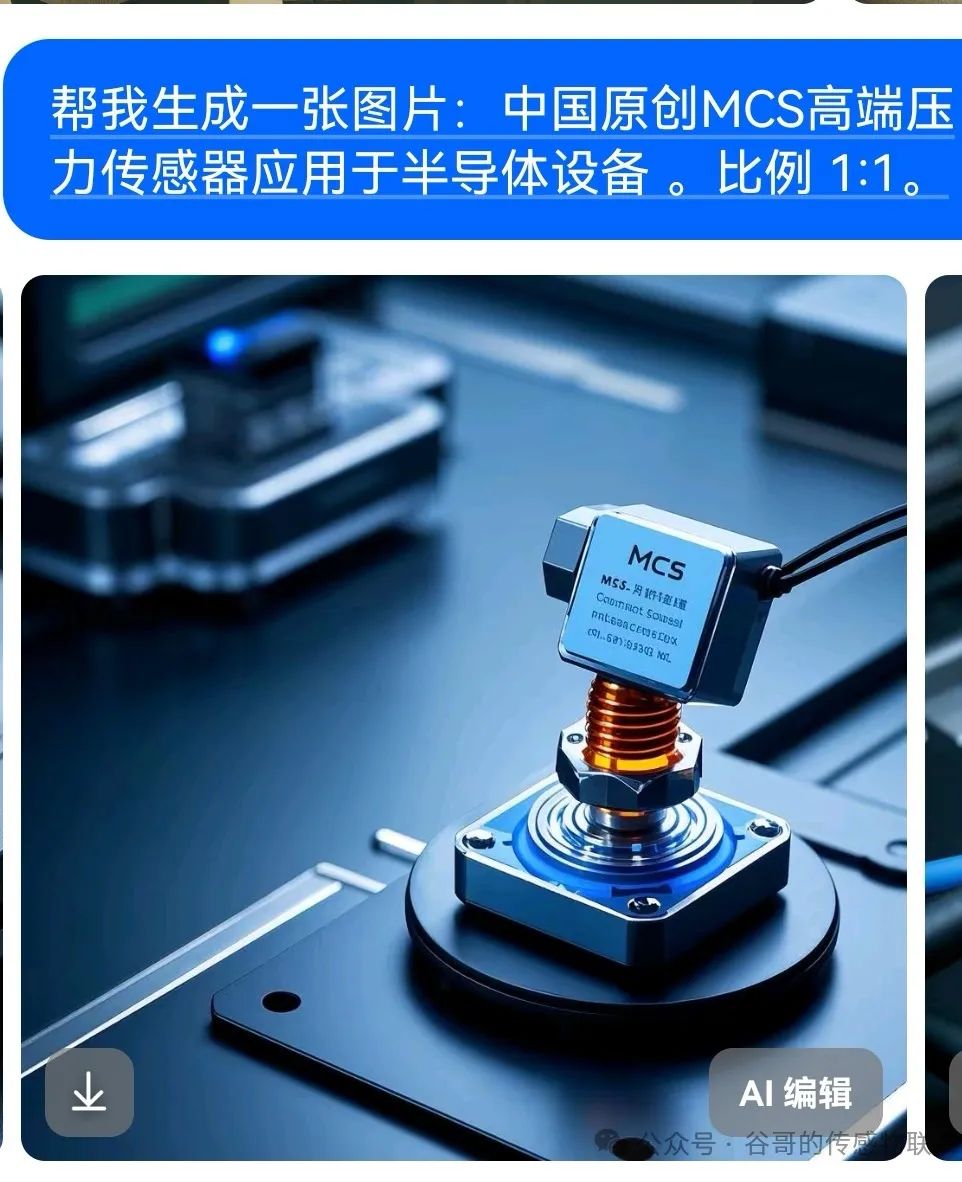
Doubao knows very little about semiconductor equipment, especially specific semiconductor equipment.
How to apply artificial intelligence in our sensor field is still under exploration. Is it true that no one is paying attention in this niche market?
Is artificial intelligence still in its infancy, just like the Internet in the 1990s?
#2025.1.26 23:28, China Eastern Lounge, Pudong Airport#






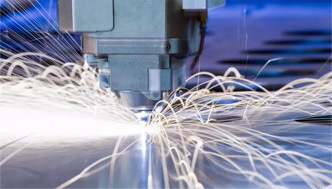




 Release Date:2025-02-06
Release Date:2025-02-06  Click on the quantity:642
Click on the quantity:642



